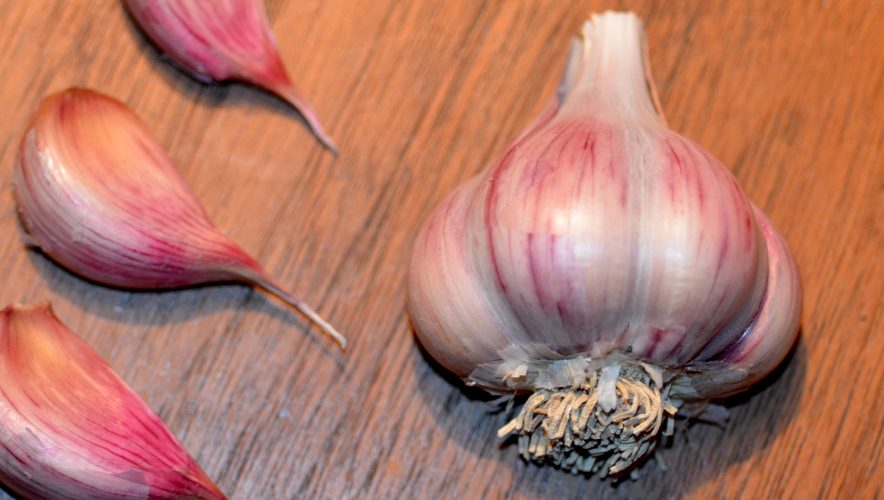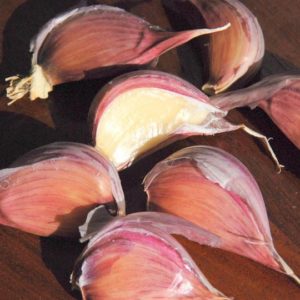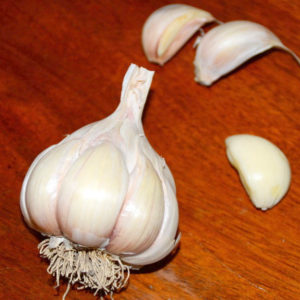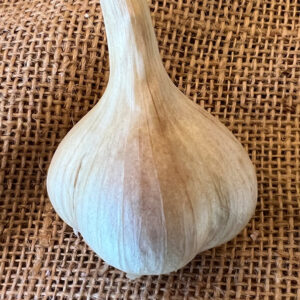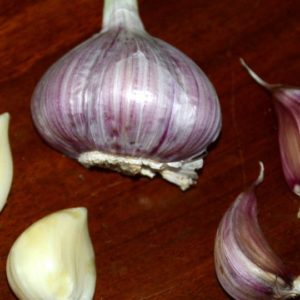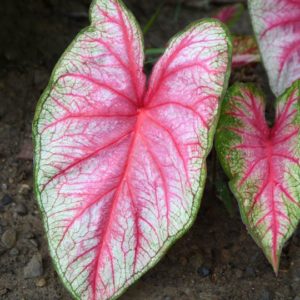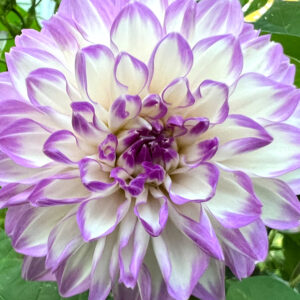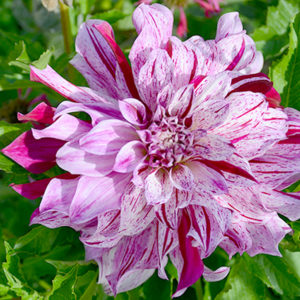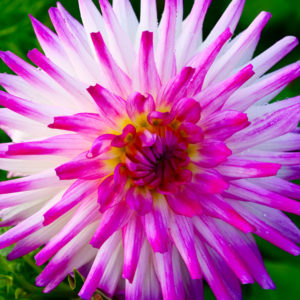Description
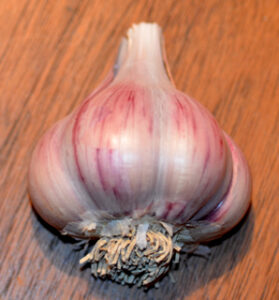 Purple Striped Garlic, Shatili
Purple Striped Garlic, Shatili
Native to south-central Asia, garlic was probably domesticated from a single variety, Allium longicuspis, thousands of years ago. Today the plant is grown on every continent except Antarctica.
Garlic, which is a member of the same group of plants as the onion, has been cultivated for millennia. As a cultivated plant, it is so old that it is difficult to credit a country of origin for this vegetable. All modern garlic belongs to one of two subspecies: hardneck (ophioscorodon) or softneck (sativum). Hardneck subspecies try to produce flower stalks with small aerial cloves called bulbils. Hardnecks will not produce large bulbs underground unless the flower stalks are removed. There are three varieties of hardneck garlic: Purple Striped, Porcelain and Rocambole. Softnecks have lost the ability, for the most part, to produce a flower stalk. However, under certain climatic situations, the bulbs may try to produce a flower stalk known as bolting. There are three varieties of softneck garlic: Artichoke, Silverskin and Creole.
The Striped Garlics, hardnecks, are so named because of the striking purple stripes and blotches on the clove skins and bulb wrappers. These are the most beautiful of all the garlic varieties and they also have outstanding flavor. Glazed Purple Striped varieties mature earlier than Standard Striped varieties and are shinier. Both varieties have 8-12 cloves per bulb. Marbled Purple Stripe varieties have mottled bulb wrappers and large cloves, usually 4-7 cloves per bulb.
The Standard Purple Striped Garlics are so named because of the beautiful, deep purple streaks and blotches on both bulb wrappers and clove skins. They are among the most flavorful of all garlics. Most strains have 8-12 cloves per bulb. Cloves are quite tall and crescent-shaped. They store longer than the Rocamboles and are almost as easy to peel.
Shatili was collected in 1986, at an elevation of 4750 feet near Shatili in the Republic of Georgia. It is a richly flavored garlic and a good storer. Shatili is a reliable producer. Each bulb produces 8-10 cloves.
Garlic is best when planted in the fall, but can be planted in the spring as soon as the ground can be worked. If planting in the fall, plant 30 days before the ground freezes and mulch with straw or alfalfa hay if possible. Garlic must have some exposure to cold for several weeks or it will not bulb. Amend the soil with potash and phosphate before planting. Plant the cloves 1-2 in. deep and 4-6 in. apart in rows separated by 12-18 in.
Harvest in mid-summer when 2/3 of the stalk has turned brown or yellow. Dig the bulbs from the soil with stalks attached. Cure in a dry, shaded area with lots of air circulation for 4-6 weeks. Stalks can then be removed from the bulbs.
Planting Garlic, Shallots, Onions and Elephant Garlic

